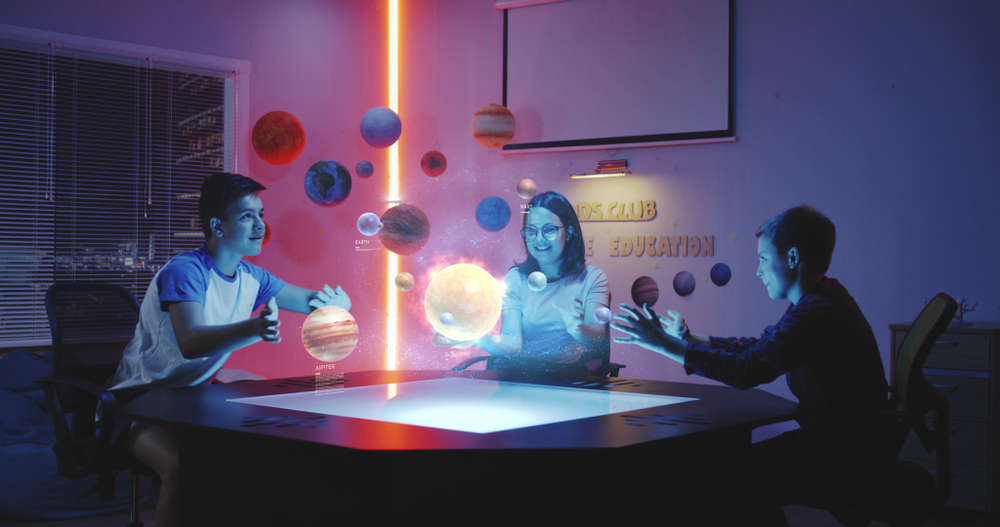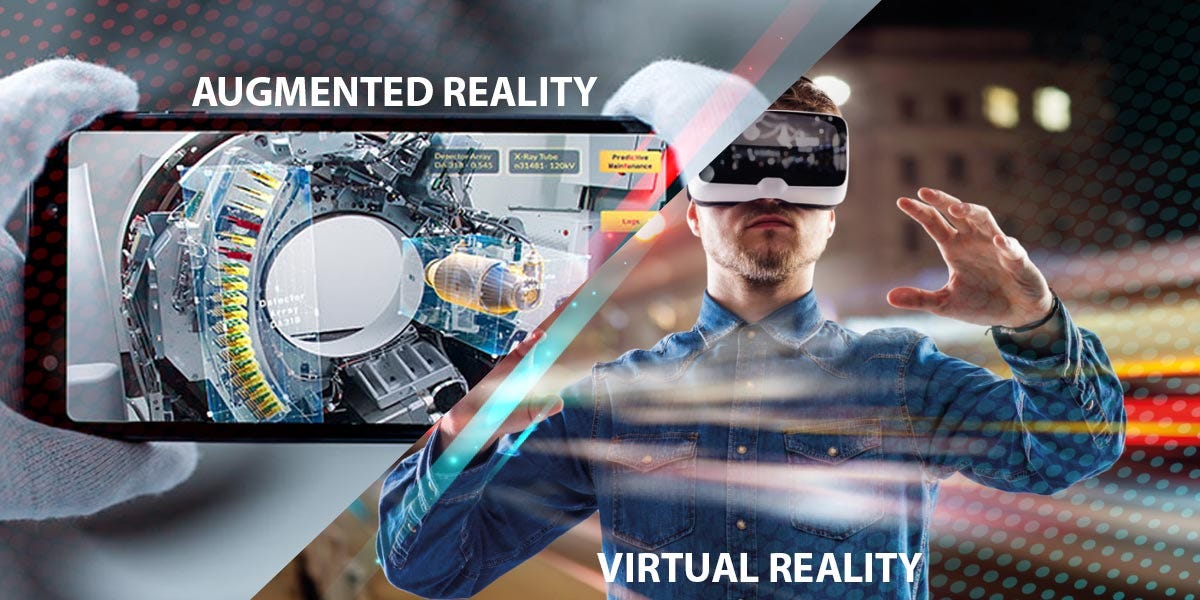Holographic Displays: A Glimpse into the Future of Visual Technology

In the ever-advancing realm of technology, holographic displays stand as a testament to the relentless pursuit of more immersive and captivating visual experiences. While the term "holography" often conjures images of futuristic scenes from science fiction, recent developments have brought holographic displays from the realm of fantasy to the forefront of emerging technologies. In this exploration, we delve into the world of holographic displays, examining their principles, applications, and the transformative impact they promise on the future of visual technology.
The Essence of Holography:
1. Understanding Holography
At its core, holography is a technique that captures and reproduces the three-dimensional structure of light waves. Unlike traditional images, which represent a flat, two-dimensional snapshot, holography captures both the intensity and phase of light, providing a more complete representation of the visual scene.
2. How Holograms are Created:
The process of creating a hologram involves the intersection of coherent light beams. A laser beam is split into two parts, with one part illuminating the subject and the other directed onto a special photosensitive surface. The interaction of these beams creates an interference pattern on the surface, capturing the intricate details of the subject in a holographic plate or film.
3. Reconstructing the Hologram:
To view a hologram, coherent light—typically another laser beam—is shone onto the developed holographic plate. The light interacts with the recorded interference pattern, reconstructing the three-dimensional scene in space. The result is a visual representation that appears to occupy the same physical space as the original subject.
Applications of Holographic Displays:
1. Entertainment and Gaming:

Holographic displays have the potential to revolutionise the entertainment industry by providing viewers with immersive and lifelike visual experiences. In gaming, holographic displays could create environments that extend beyond the confines of screens, allowing players to interact with virtual worlds in three dimensions.
2. Education and Training:

The educational landscape stands to benefit significantly from holographic displays. Imagine a biology class where students can explore intricate 3D models of cells or a history lesson where historical events are reconstructed in holographic form. Holographic displays offer a dynamic and engaging approach to learning and training.
3. Medical Imaging:

In the field of medicine, holographic displays hold promise for advanced medical imaging. Surgeons could use holographic representations of patient anatomy during preoperative planning, providing a more intuitive and comprehensive understanding of complex structures. This application has the potential to enhance precision and improve patient outcomes.
4. Architectural Visualisation:

Holographic displays can transform the way architects and designers visualise their creations. Instead of relying on traditional blueprints or computer-aided design (CAD) models, architects could present holographic renderings of buildings, allowing clients to explore and understand spatial relationships in a more tangible way.
5. Retail and Product Visualisation:
In the retail sector, holographic displays offer innovative ways to showcase products. Imagine walking into a store and seeing holographic representations of products floating in mid-air, allowing customers to examine details from every angle. This immersive experience has the potential to revolutionise product visualisation and consumer engagement.
6. Communication and Telepresence:

Holographic displays pave the way for more advanced forms of communication and telepresence. Instead of traditional video calls, individuals could engage in holographic teleconferencing, creating the illusion of being physically present in the same room. This application has the potential to bridge the gap between remote collaboration and face-to-face interactions.
Challenges and Technological Considerations:
1. Display Technology and Resolution:

Creating high-quality holographic displays poses technical challenges, particularly in terms of resolution and display technology. Achieving the level of detail required for realistic holographic images demands advancements in both hardware and software to meet the expectations of users.
2. Cost and Accessibility:
As with many emerging technologies, the initial cost of holographic displays may present a barrier to widespread adoption. Ensuring affordability and accessibility will be crucial for integrating holographic displays into various sectors, from education to healthcare and entertainment.
3. Content Creation and Standardization:

The creation of holographic content requires a shift in the way visual media is produced. Standardising holographic content creation tools and workflows will be essential to facilitate the seamless integration of holographic displays into existing industries.
The Future of Holographic Displays:
1. Advancements in Display Technology:
The future of holographic displays hinges on advancements in display technology. Researchers and engineers are exploring novel approaches, including advancements in laser technology, spatial light modulators, and photopolymers, to enhance the quality and realism of holographic imagery.
2. Integration with Augmented Reality (AR) and Virtual Reality (VR):

The synergy between holographic displays and immersive technologies like AR and VR holds great promise. Combining holography with AR and VR could create seamless and truly immersive experiences, where virtual and holographic elements seamlessly blend with the physical world.
3. Widespread Adoption in Various Industries:
The ongoing development of holographic displays is expected to lead to their widespread adoption across diverse industries. From classrooms and boardrooms to medical facilities and retail spaces, holographic displays have the potential to transform the way information is presented and experienced.
4. Consumer Electronics and Personal Devices:
As technology advances, the integration of holographic displays into consumer electronics and personal devices is on the horizon. From holographic smartphones to holographic televisions, these devices could redefine the way individuals interact with digital content on a daily basis.
Conclusion:
The rise of holographic displays represents a leap forward in the evolution of visual technology, promising to redefine the way we perceive and interact with digital information. As holography transitions from a captivating concept to a tangible reality, the potential applications across industries are vast and transformative. While challenges and technological considerations remain, the trajectory of holographic displays suggests a future where the boundaries between the physical and digital worlds blur, ushering in an era of more immersive, engaging, and interactive visual experiences. As holographic displays continue to evolve, they beckon us into a future where the realms of science fiction become woven into the fabric of our daily lives, inviting us to explore new dimensions of creativity, communication, and understanding.





